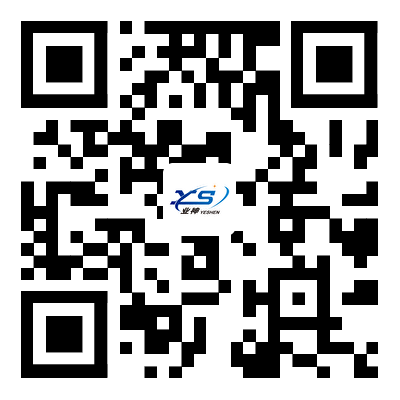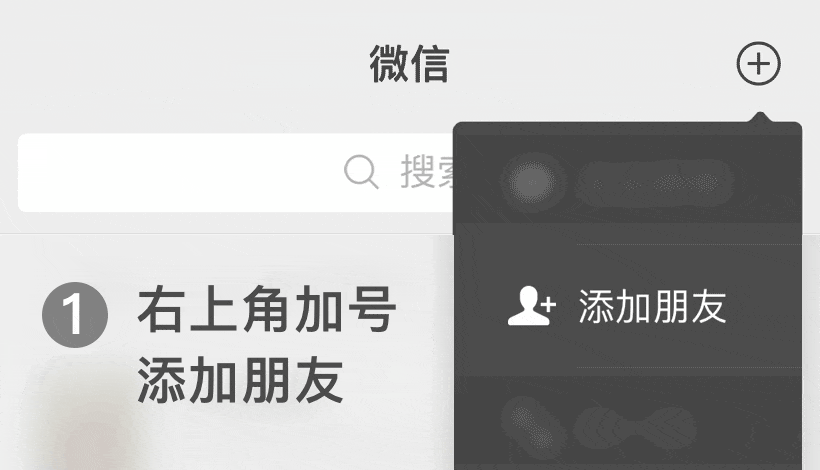What are the advantages of manual matrix sorting chutes
The manual matrix sorting chute is a device in logistics sorting systems that combines manual operation with chute structure to achieve cargo sorting. Its advantages are mainly reflected in sorting efficiency, cost control, flexibility, and compatibility. The following is a detailed analysis from multiple dimensions:
The manual matrix sorting chute is a device in logistics sorting systems that combines manual operation with chute structure to achieve cargo sorting. Its advantages are mainly reflected in sorting efficiency, cost control, flexibility, and compatibility. The following is a detailed analysis from multiple dimensions:
1、 Sorting efficiency: suitable for small and medium batch multi category scenarios
1. Convenient operation and fast diversion
The manual matrix sorting chute is usually composed of multiple inclined chutes. Operators can directly put goods (such as packages, boxed items) into the corresponding chute according to their destination, and use gravity sliding to achieve automatic sorting without complex mechanical transmission. The sorting speed can reach 30-50 pieces/minute (depending on the size of the goods and operational proficiency).
Case: In an e-commerce warehouse, packages from different areas are manually placed into corresponding chutes, and the end of the chute is directly connected to the collection basket, reducing secondary handling and increasing efficiency by more than 40% compared to pure manual stacking.
2. Multi line parallel sorting capability
The matrix layout can be designed with 8-20 parallel chutes, corresponding to different sorting destinations (such as different distribution areas and transportation routes). Operators stand in front of the matrix and handle sorting tasks in multiple directions simultaneously, suitable for synchronous sorting of multiple categories and small batches of goods.
2、 Cost advantage: low investment and low maintenance characteristics
1. The equipment cost is much lower than that of automated sorting lines
The manual matrix sorting chute is mainly composed of a steel structure frame, galvanized sheet or PVC chute, without complex electronic components such as motors and sensors. The cost of a single set of equipment is only 1/5-1/10 of that of an automated sorting machine (such as an automated cross belt sorting machine with a single meter cost of about 20000 to 50000 yuan, and a manual chute with a single meter cost of about 3000 to 8000 yuan).
Applicable scenarios: Small and medium-sized logistics enterprises, temporary sorting centers, or emergency sorting during peak seasons, which can be quickly deployed and have a short investment return period (usually 1-2 years to recoup costs).
2. Low maintenance costs
The mechanical structure is simple and there are no vulnerable electronic components. Daily maintenance only requires regular checks on the wear of the groove (such as whether the welding part is detached and whether the surface is scratched). The maintenance cost accounts for less than 5% of the equipment cost (compared to the annual maintenance cost of automation equipment, which is about 10% -15% of the original equipment value).
3、 Flexibility and adaptability: adapting to diverse sorting needs
1. Flexible and customizable layout
It can be customized into matrix structures such as linear, L-shaped, U-shaped, etc. according to the site space (such as warehouse height and width), and even cross floor chutes can be built in multi story buildings (such as from the 2nd floor sorting platform to the 1st floor cargo area), making full use of vertical space.
Case: A certain express delivery outlet designed the chute matrix in a stepped manner, with the upper layer being a manual sorting platform and the lower layer corresponding to different area cargo baskets, saving up to 60% of the horizontal floor space.
2. Compatible with multiple types of goods
Strong adaptability to the size and weight of goods:
Small items: can sort packages larger than 10cm x 10cm (such as document bags, cosmetic boxes);
Large items: The load-bearing capacity can reach 50kg (such as household electrical packaging boxes), and the slope of the chute can be adjusted according to the weight of the goods (generally a slope of 15 ° -30 °, heavy goods use a large slope, light goods use a small slope to prevent slipping too quickly).
Comparative limitations: Automated sorting machines (such as slider sorting machines) have high requirements for the shape and weight uniformity of goods, and irregular parts are prone to jamming, while manual chutes can avoid jamming by manually adjusting the feeding angle.
4、 Human resource collaboration advantage: human-machine integration improves sorting accuracy
1. Manual recognition compensates for the shortcomings of automated recognition
In the case of barcode blurring, label damage, etc., manual reading of cargo information can be directly carried out and put into the corresponding chute, avoiding misjudgment in automated sorting (the recognition accuracy of automated sorting is about 99.5%, and the accuracy of manual sorting can reach 99.9% under proficient conditions).
Application scenario: In fresh cold chain sorting, some goods do not have barcodes and need to be manually placed into corresponding chutes by category (such as vegetables and fruits) to ensure sorting accuracy.
2. Flexible allocation of manpower to cope with peak traffic
It is possible to adapt to business fluctuations by increasing or decreasing the number of operators: increasing manpower to 1 person per chute during peak seasons and reducing it to 2-3 people responsible for the entire matrix during off-season, making it easier to adjust labor costs compared to automated equipment (which requires fixed configuration and cannot be dynamically reduced with traffic).
5、 Safety and Environmental Protection: Low Energy Consumption and Cargo Protection
1. Low energy consumption and no noise pollution
Relying on gravity sorting, without the need for electric drive, energy consumption is almost zero (compared to automated sorting machines that consume 5-10kW · h per hour), and the operating noise is less than 60 decibels (automation equipment noise is usually greater than 75 decibels), making it suitable for noise sensitive scenarios (such as warehouses near residential areas).
2. Cargo protection design
EVA buffer pads or rubber strips can be laid on the inner wall of the chute to reduce collision damage when goods slip off, especially suitable for sorting fragile items such as glass products and small appliances. The damage rate can be reduced by more than 70% compared to manual handling.
 18151596636
18151596636
 18151596636
18151596636

 WeChat number:業神物流設備
WeChat number:業神物流設備
